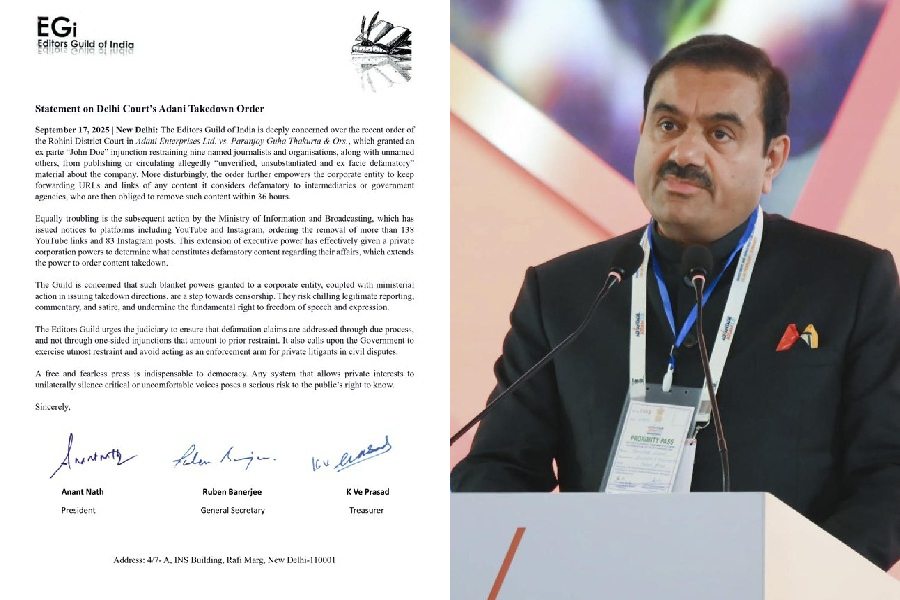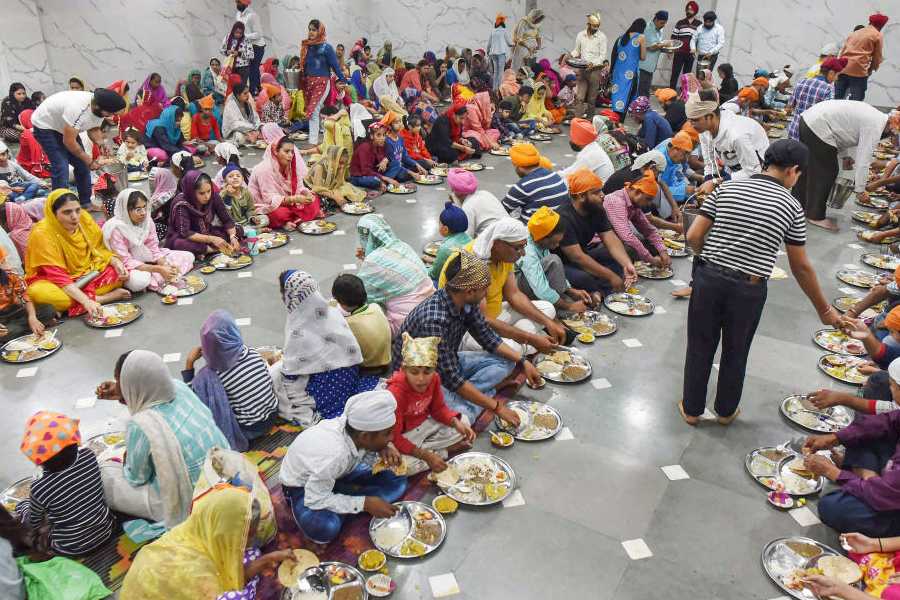 |
Bhubaneswar, Jan. 19: Ancient Odisha or Kalinga in the past had gifted the world Buddhism. After the invasion of the region, emperor Ashok became a Buddhist and tried his best to take the religion to the east Asian nations and other neighbouring countries.
Now in the modern times, the Tibetan population in Gajapati district’s Chandragiri are showing the world their skills with their agriculture, architecture and weaving skills and how Buddhist followers have transformed a somewhat barren to the “maize bowl” of Odisha.
When you take the road from Berhampur to Jiranga (95km via Chandragiri), traditional Tibetan Buddhist colourful prayer flags welcome you on the both sides of the road. In between Berhampur and Jiranga one can visit a hot stream called Taptapani, which is around 55km from Berhampur.
“After travelling 28km from Taptapani one can reach Chandragiri — the Tibetan settlement that has changed the entire geography of the area with an increase in the maize production. The entire Chandragiri belt has now the highest productivity of maize. Jiranga is 7km away from Chandragiri,” says a tourist S. Mohan Rao from Sambalpur.
On the way to Jiranga after Chandragiri, Khasada falls is 4km away from the new monastery, which has now become the famous pilgrim point for the local residents and for people from other places as well.
Interestingly, those who go to Jiranga usually use Khasada as a picnic spot as there is facility to cook food for the group and there is easy availability of drinking water from the stream.
“While some people can organise the cooking, others can go to the Buddhist monastery named Padmasambhav Buddha Vihar and visit the architecture and art work of the religious body,” is the advice of tourist Sushil Kumar Panigrahy from Berhampur.
The Buddha Vihar in Tibetan language is called Phuntsokling or ‘the land of happiness and plenty’. It is also called as the little Tibet of Odisha and has become a pride of Gajapati district.
This was one of the earliest Tibetan resettlement villages in the country. The Tibetan guests arrived on May 1, 1963, and gave their own name to this remote corner of a land that welcomes all.
The Buddha monastery — named after Acharya Padmasambhav, who was born in Odisha and believed to have spread Buddhism to Tibet in 7th century — is an architectural marvel and a dream project of the Tibetan people in exile settled here. With a 21ft high Buddha idol, the monastery would act as a link between Odisha’s history and Buddhism. During 7th and 10th centuries, Odisha was considered cradle of Vajrayana Buddhism or Tantrik Buddhism, known as Tantrayana.
Incidentally, Acharya Padmasambhava was the founder of the Vajrayana sect of the Mahayana path of Buddhism, who lived during the 7th century in Odisha and is said to have taken Tantric Buddhism to Bhutan and Tibet.
The monastery also expects an influx of foreign tourists and there is already a brand new 10-suite guesthouse. Jaampa, the chief architect, ensured that the monastery has all the flavours of Tibetan architecture.
Besides, Chandragiri, Tankilipadar, Lobarsingi, Jiranga and Mahendragada were the other resettlement villages. With high temperature, this is hardly Tibet, but sheer zeal and hard work has transformed this jungle into fertile fields and orchards.
The Tibetan Cooperative Society of Chandragiri now runs a handicraft, dairy, poultry, horticulture and health centre and mechanical workshop. It also has an elderly persons’ home, crèche and schools.










